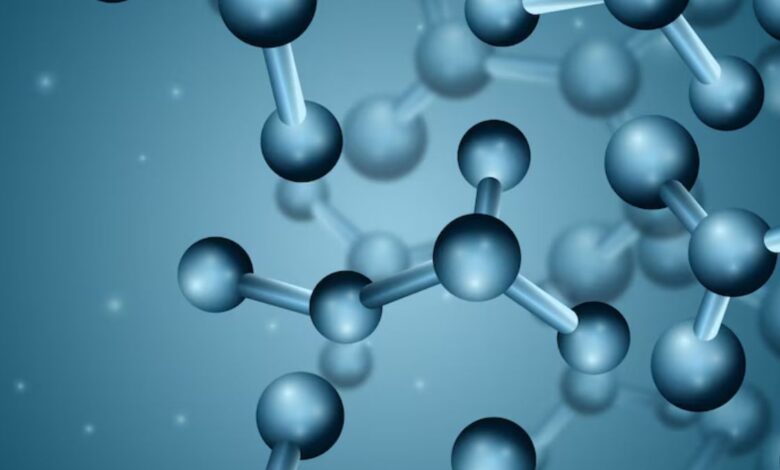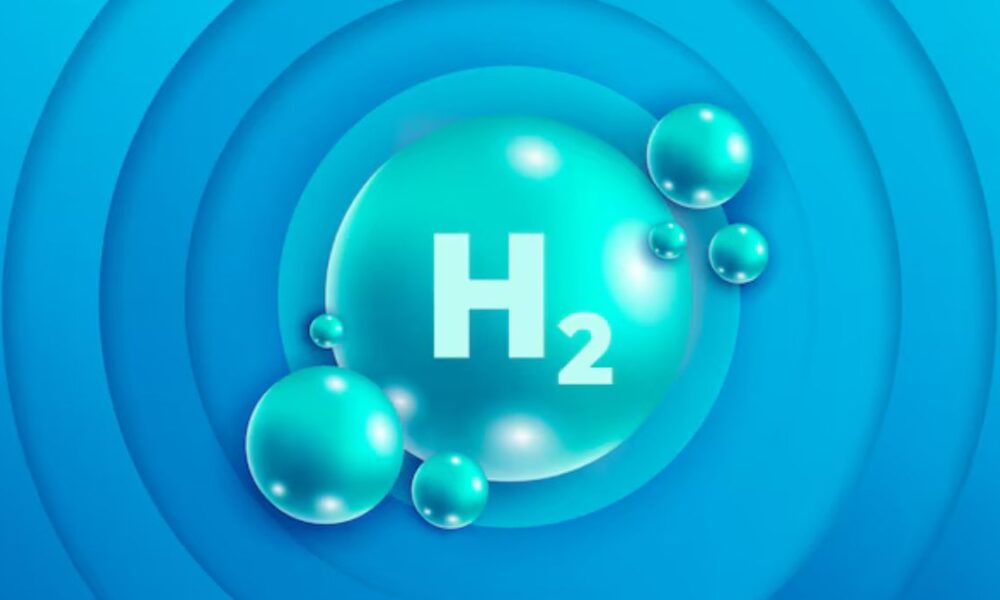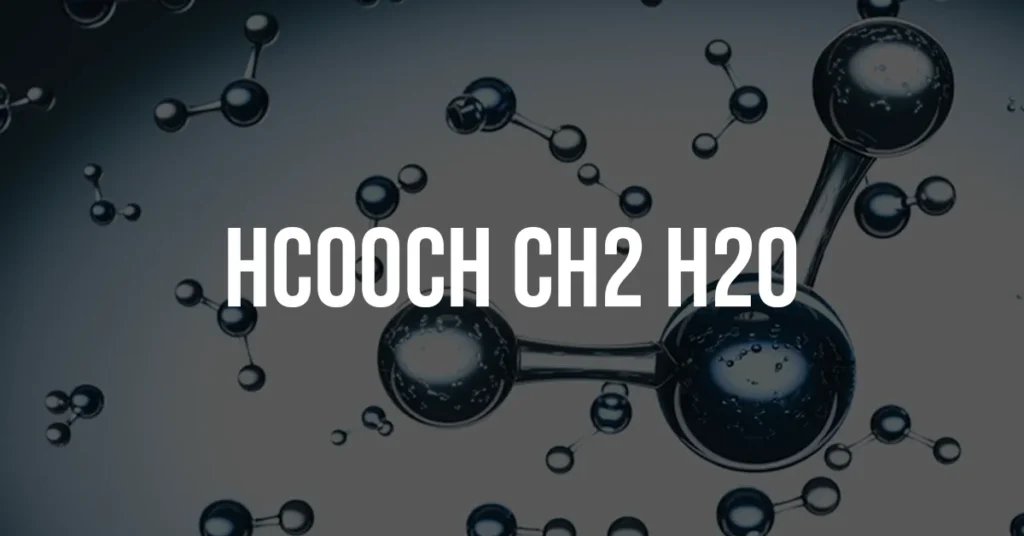The Chemical Relationship of hcooch ch2 h2o in Organic Chemistry

Organic chemistry is the heart of molecular science, where even a simple-looking combination like hcooch ch2 h2o can represent complex ideas and reactions. While this exact combination might not be a standard IUPAC chemical formula, it can still be interpreted as a sequence of compounds or reactants commonly involved in organic synthesis, especially in esterification and hydrolysis reactions.
This article explores the possible chemical interpretations, reaction mechanisms, and real-world relevance of the sequence hcooch ch2 h2o.
What is hcooch ch2 h2o?
Let’s first try to understand each part of hcooch ch2 h2o and how they might interact:
- hcooch: This likely refers to methyl formate, a simple ester formed from methanol and formic acid. The chemical formula is often written as HCOOCH₃. It’s a volatile organic compound used widely in industrial chemistry.
- ch2: This is a methylene group, which can be a part of many organic molecules or even a reactive intermediate.
- h2o: Water, a universal solvent and key player in countless chemical reactions like hydrolysis.
Together, hcooch ch2 h2o might represent a reaction setup or a system where these molecules are interacting—potentially in a hydrolysis or condensation reaction.

Breaking Down the Chemistry of hcooch ch2 h2o
1. HCOOCH – Methyl Formate
Methyl formate (HCOOCH₃) is an ester made by the reaction of formic acid (HCOOH) and methanol (CH₃OH). It’s commonly used in:
- Manufacturing of formamide
- Solvents for quick-drying paints
- Aerosols and refrigeration fluids
- Intermediate in pharmaceuticals
In the context of hcooch ch2 h2o, methyl formate can act as a reactant in a hydrolysis reaction with water, especially in the presence of acid or base.
2. CH2 – Methylene Group
The CH₂ group could represent a reactive unit or an intermediate. For instance:
- In a carbene form, CH₂ is highly reactive and can insert into bonds.
- As part of a chain, it might represent a linker or bridge in a polymer or organic molecule.
When considered with hcooch and h2o, it may suggest a polymerization or reaction that bridges or modifies ester groups.
3. H₂O – Water
Water is crucial in reactions involving hydrolysis, where it breaks chemical bonds, particularly in esters and amides. In the case of hcooch ch2 and h2o, water likely plays a role in hydrolyzing methyl formate.
Possible Reaction: Hydrolysis of Methyl Formate
One of the most common reactions involving hcooch ch2 h2o could be ester hydrolysis, shown as:
mathematicaCopyEditHCOOCH₃ + H₂O → HCOOH + CH₃OH
Here, hcooch (methyl formate) reacts with h2o (water) in the presence of an acid or base to form formic acid and methanol.
This reaction is significant in both laboratory and industrial contexts. For example:
- In pharmaceuticals, where controlling the ester breakdown is critical.
- In biochemistry, where esters in lipids or DNA are hydrolyzed enzymatically.
The ch2 part in hcooch ch2 h2o could imply that a methylene bridge or reactive intermediate is part of this transformation—perhaps as a linker in a larger molecule or catalyst.
Another Interpretation: A Polymer or Intermediate Chain
It’s also possible that hcooch ch2 h2o represents a reaction sequence or synthesis route where:
- HCOOCH (methyl formate) is the ester group to be polymerized or functionalized.
- CH2 is a methylene group bridging parts of the molecule.
- H2O is either used to hydrolyze or used in condensation with other functional groups.
This kind of system can exist in polyester synthesis, plastic production, or biodegradable polymers, where water and ester groups play opposing roles—one building, the other breaking down.
Industrial Relevance of hcooch ch2 h2o
1. In Solvent Chemistry
Methyl formate is used as a low-boiling-point solvent. It’s commonly applied in:
- Quick-dry paints
- Nail polish removers
- Metal cleaning agents
Adding h2o to the system affects solubility and reactivity, making hcooch ch2 h2o potentially a solvent system or reaction mixture for organic processes.
2. In Organic Synthesis
The combination hcooch ch2 h2o might hint at a multi-step organic synthesis process where:
- Methyl formate is hydrolyzed
- CH2 groups are introduced via Grignard reagents or alkylation
- Water controls pH or acts as a nucleophile
3. In Environmental Chemistry
Esters like methyl formate degrade in the presence of sunlight and water, and this degradation may involve CH2 fragments or radicals.
So, hcooch ch2 h2o might also represent environmental breakdown pathways of volatile organic compounds (VOCs).

Practical Example: Laboratory Reaction Involving hcooch ch2 h2o
Imagine a chemistry experiment where:
- You start with methyl formate (hcooch)
- You add a compound containing CH2, such as ethylene glycol
- You introduce water (h2o) to initiate hydrolysis or create a buffer
The result could be:
- Hydrolysis of the ester
- Formation of new alcohol or acid groups
- Polymer chain reactions involving CH2 units
This setup is common in teaching labs and polymer research.
Conclusion
The phrase hcooch ch2 h2o, while not a formal chemical formula, offers a fascinating glimpse into how simple molecules can interact in complex ways. It could imply a reaction between methyl formate, methylene groups, and water, leading to processes like ester hydrolysis, polymer modification, or synthetic reactions in organic chemistry.
Understanding the possible chemistry behind hcooch ch2 h2o helps both students and professionals interpret short-hand notations, grasp functional group behavior, and appreciate the intricate dance of molecules in the world of chemistry.
Whether in a beaker, a biological cell, or a massive industrial reactor, the combination of hcooch ch2 h2o represents a vital part of molecular transformation.



